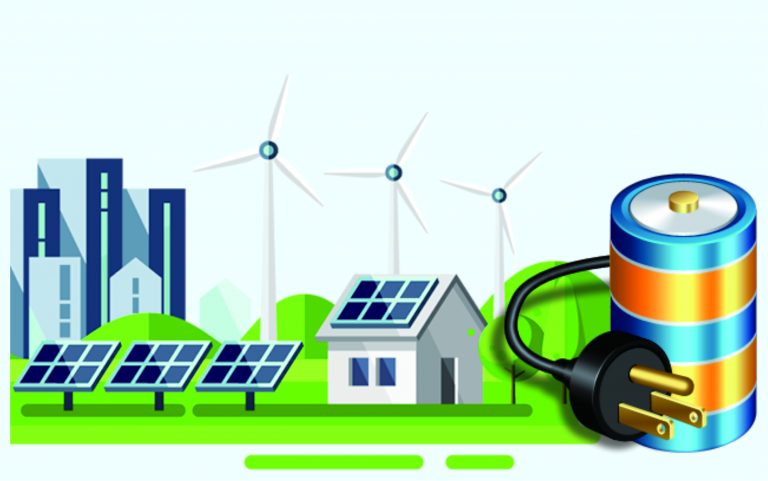City gas services are increasingly being implemented in Indonesia as part of efforts to promote more efficient energy solutions. According to the Rencana Pembangungan Jangka Menengah Nasional (RPJMN) 2020-2024, there are approximately 980.000 Sambungan Rumah Tangga (household connections) with significant growth anticipated in the coming years. As the reliance on liquefied petroleum gas (LPG) decreases, city gas users are expected to rise. Achieving this transition requires a robust city gas network and a comprehensive public awareness campaign regarding its benefits.
The overall response from city gas users showed great satisfaction, primarily due to the safety and convenience of the service. Users commented that by using city gas in their household, they have a reliable gas supply for cooking or doing other activities anytime. City gas users do not have to worry about gas stock shortages that are frequently experienced by LPG users. The immediate response from the service operator also adds up to their satisfaction.
However, on the other side, current LPG users are still hesitant to switch to city gas because they are heavily impacted by pricing issue since LPG is a bit on the cheaper side. For instance, the current 3 kg LPG is Rp21.000, or roughly Rp5.600 per m3, whilst city gas, for example the GasKita program by PGN, cost Rp10.000 per m3. City gas is indeed more expensive, but by looking at other perspective, city gas users do not have to spend money on transportation or shipping cost, unlike LPG users, who often need to buy LPG tanks from shops.
Moreover, safety concerns, particularly fears of potential gas-related incidents, such as explosion, deter some users from connecting to city gas. This concern arose due to the lack of information about the city gas network. To address these concerns, extensive socialization and education need to be carried out. The positive experience by city gas users can serve as a powerful testimonial to the LPG users on how city gas is a safer, more practical, and cleaner energy option for households. City gas users stated that they are willing to share their experience and recommend city gas to other people around them. On the other hand, LPG users think that by having city gas users around them, they can gain more knowledge about the use and benefits of city gas.
Another thing taken into account when creating a city gas network is that, based on the survey conducted, users consider price stability to be the most important aspect when deciding whether they decide to connect city gas into their household. Customers demand a stable price; thus, a long period of price increase is more preferred. They are also willing to pay higher rates if it is accompanied by city gas service improvements.
Although there are several challenges ahead, the shift from LPG to city gas network must be done properly in order to promote a more reliable energy source for households and to help create an appropriate energy subsidy for the community.




